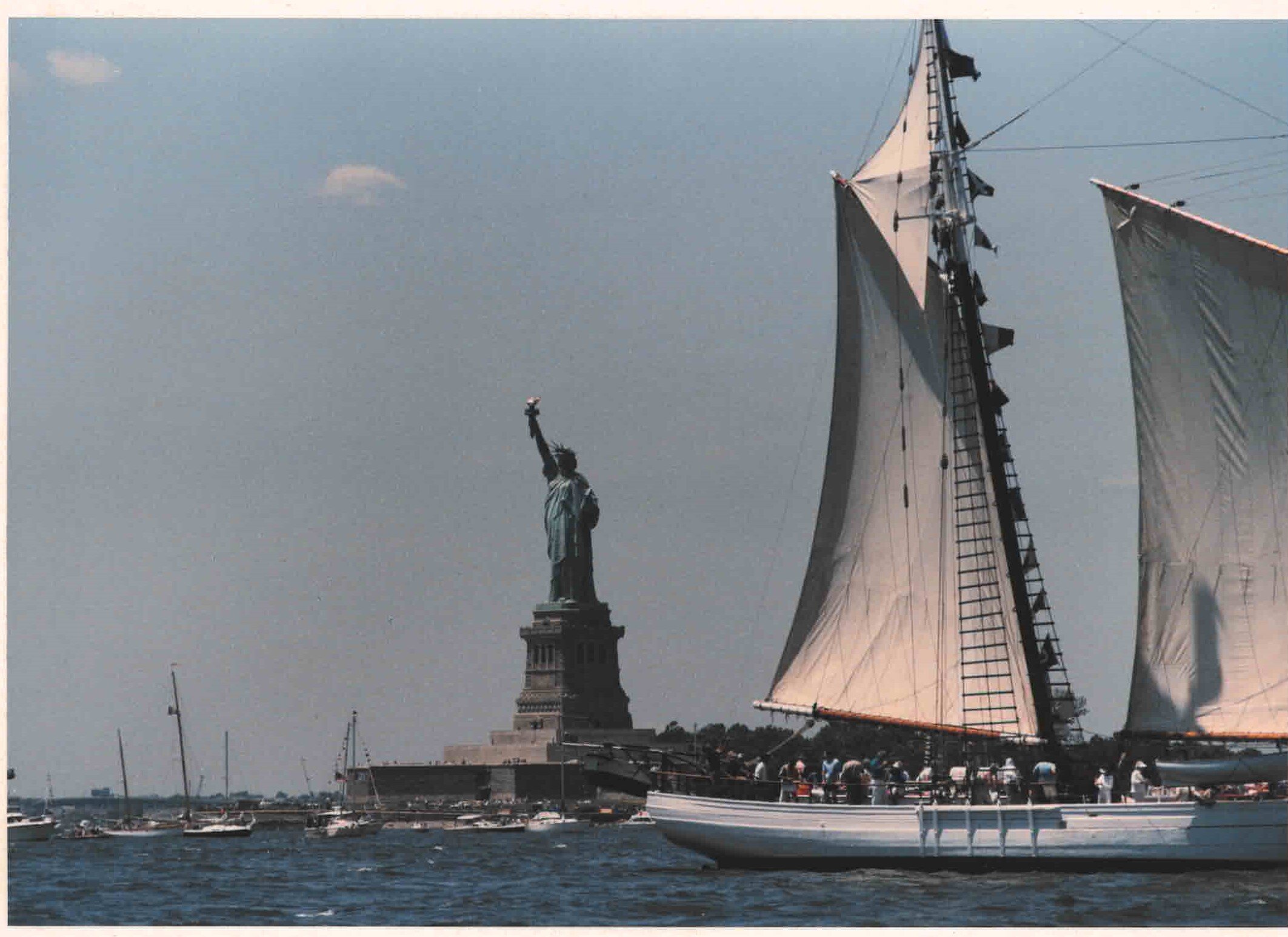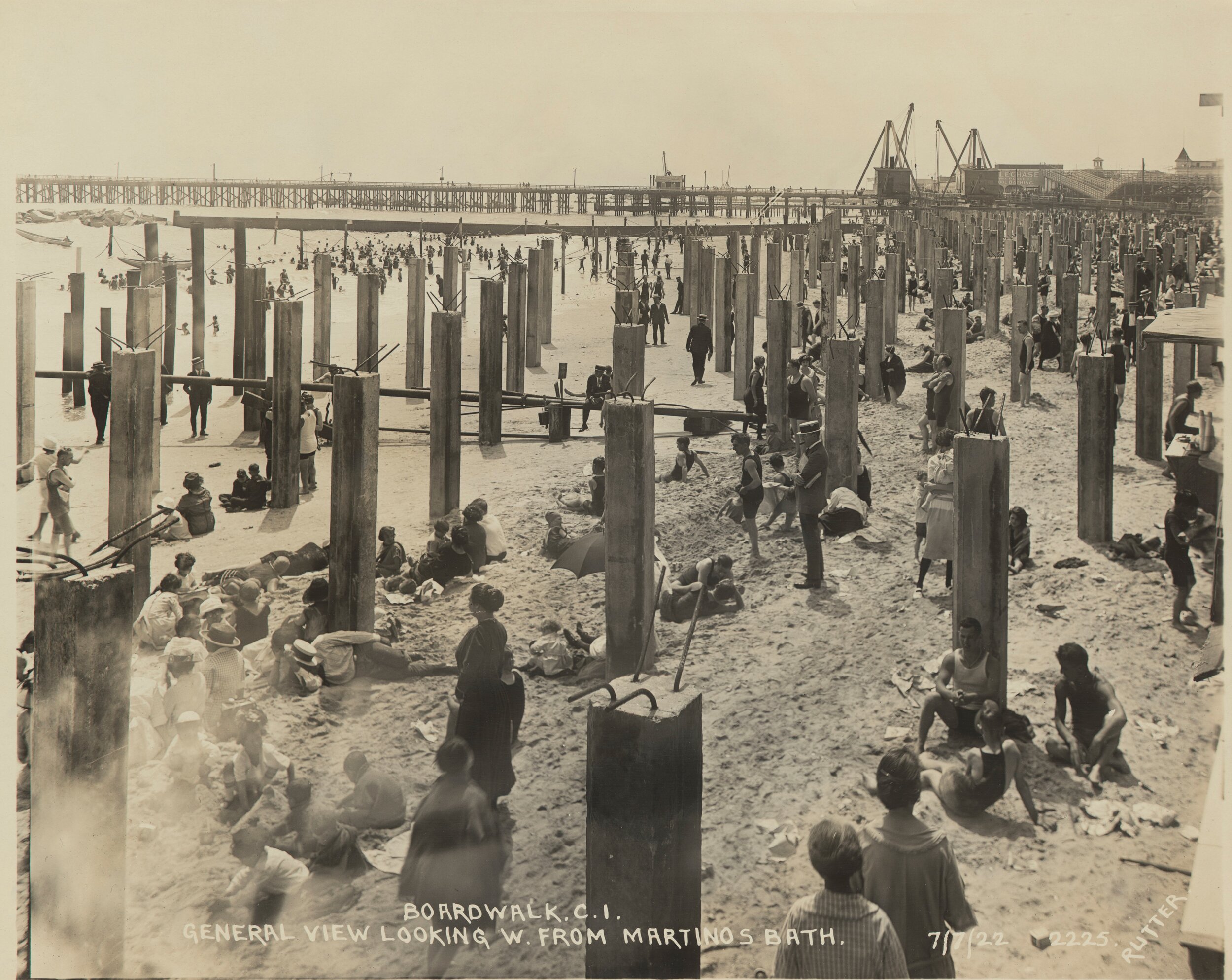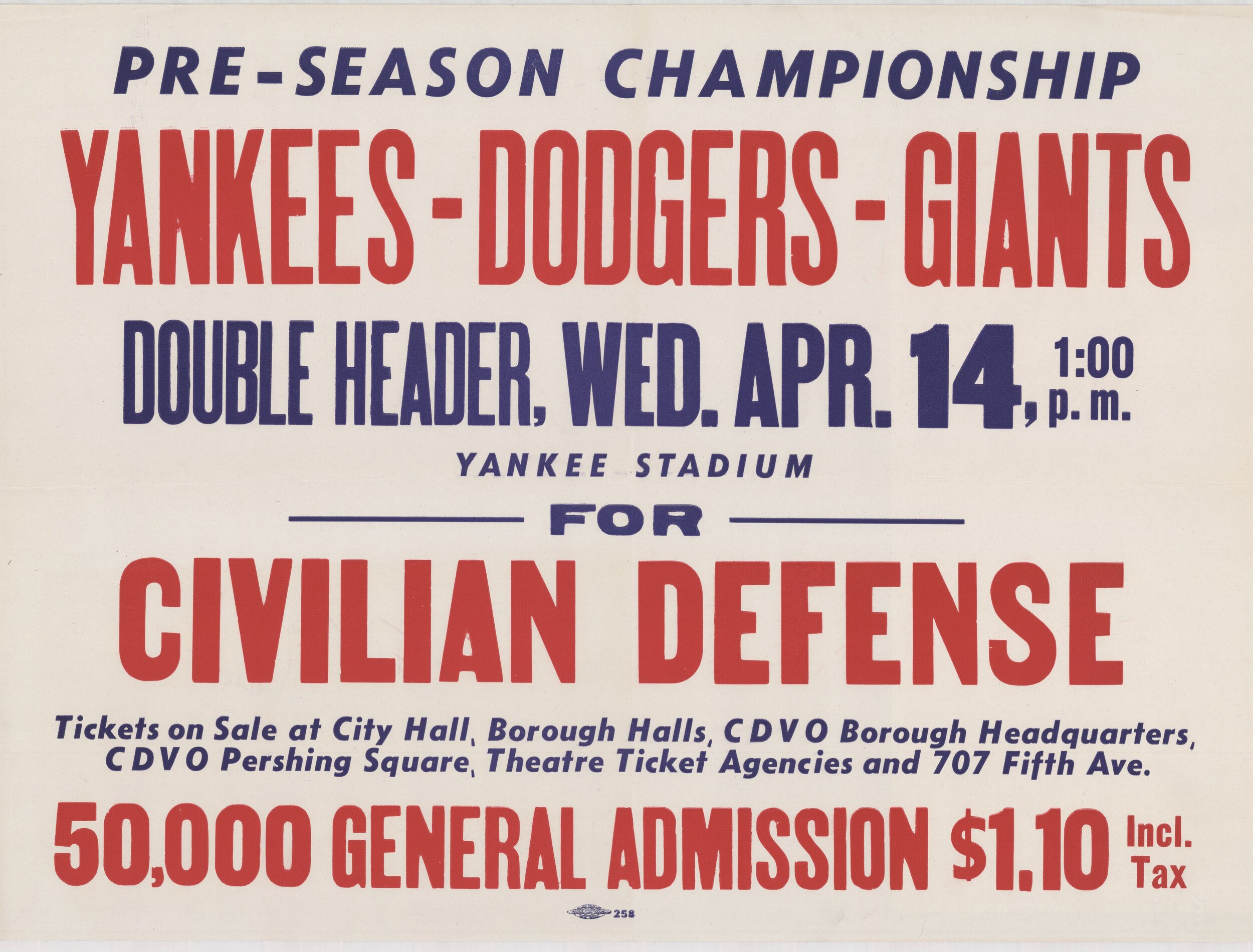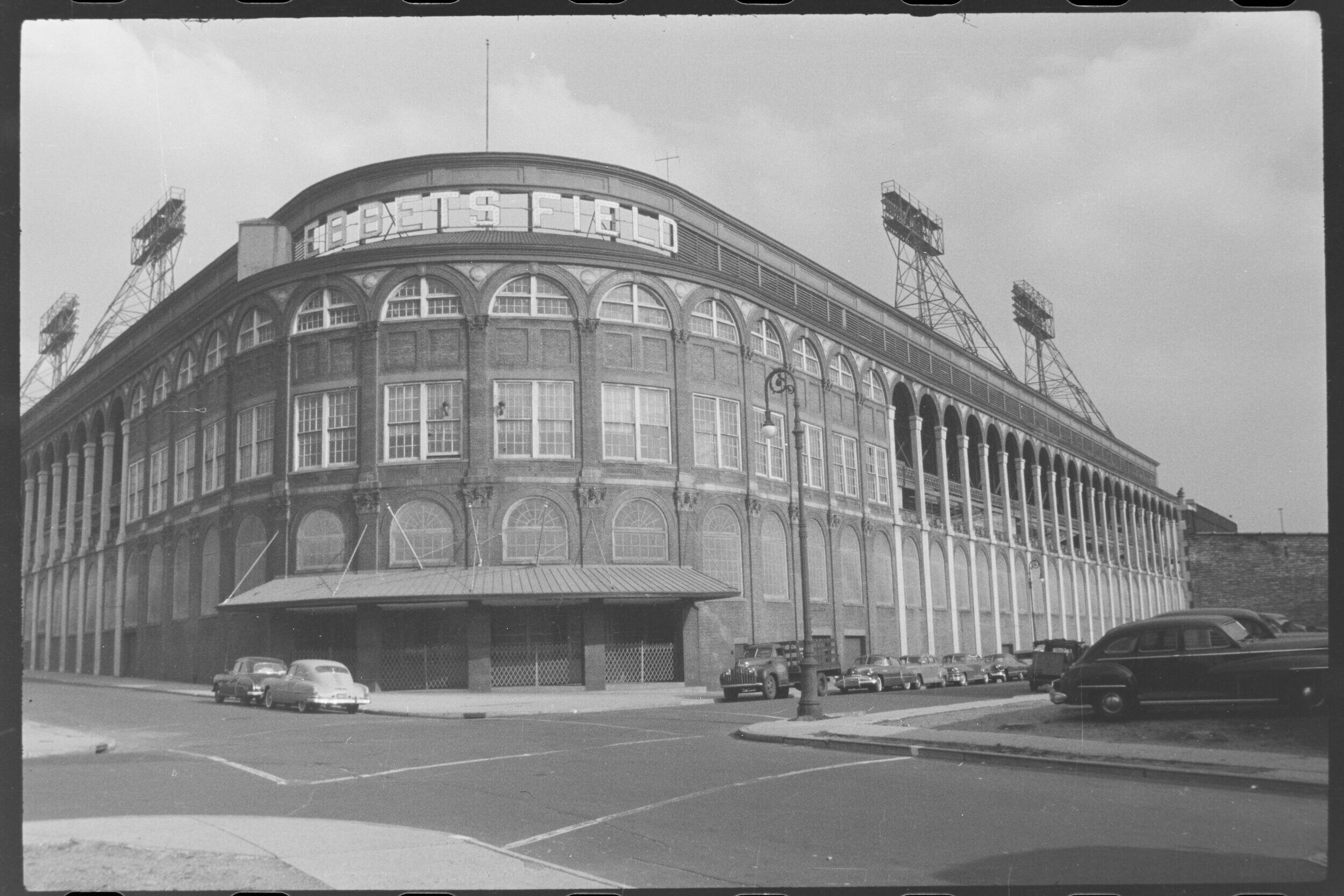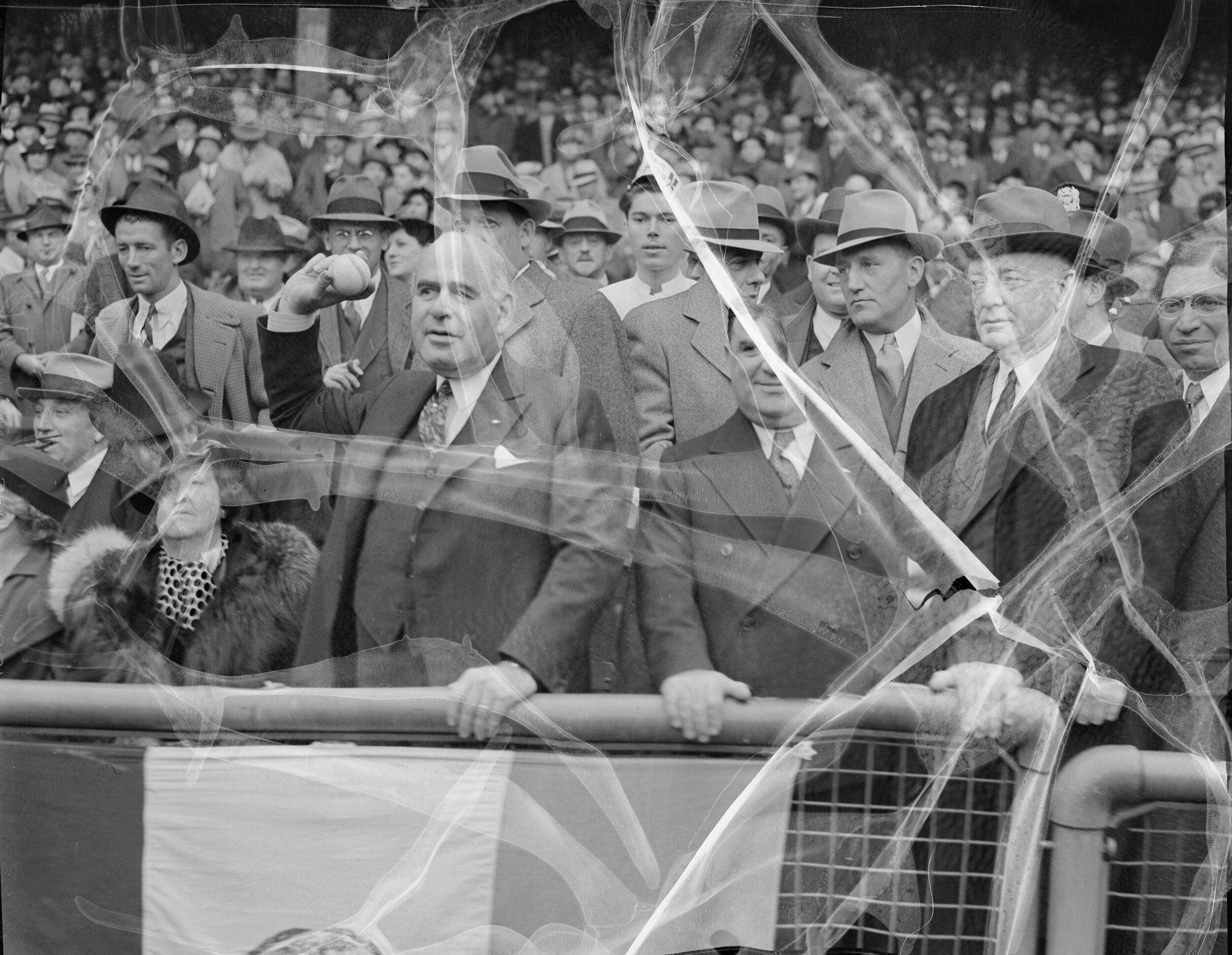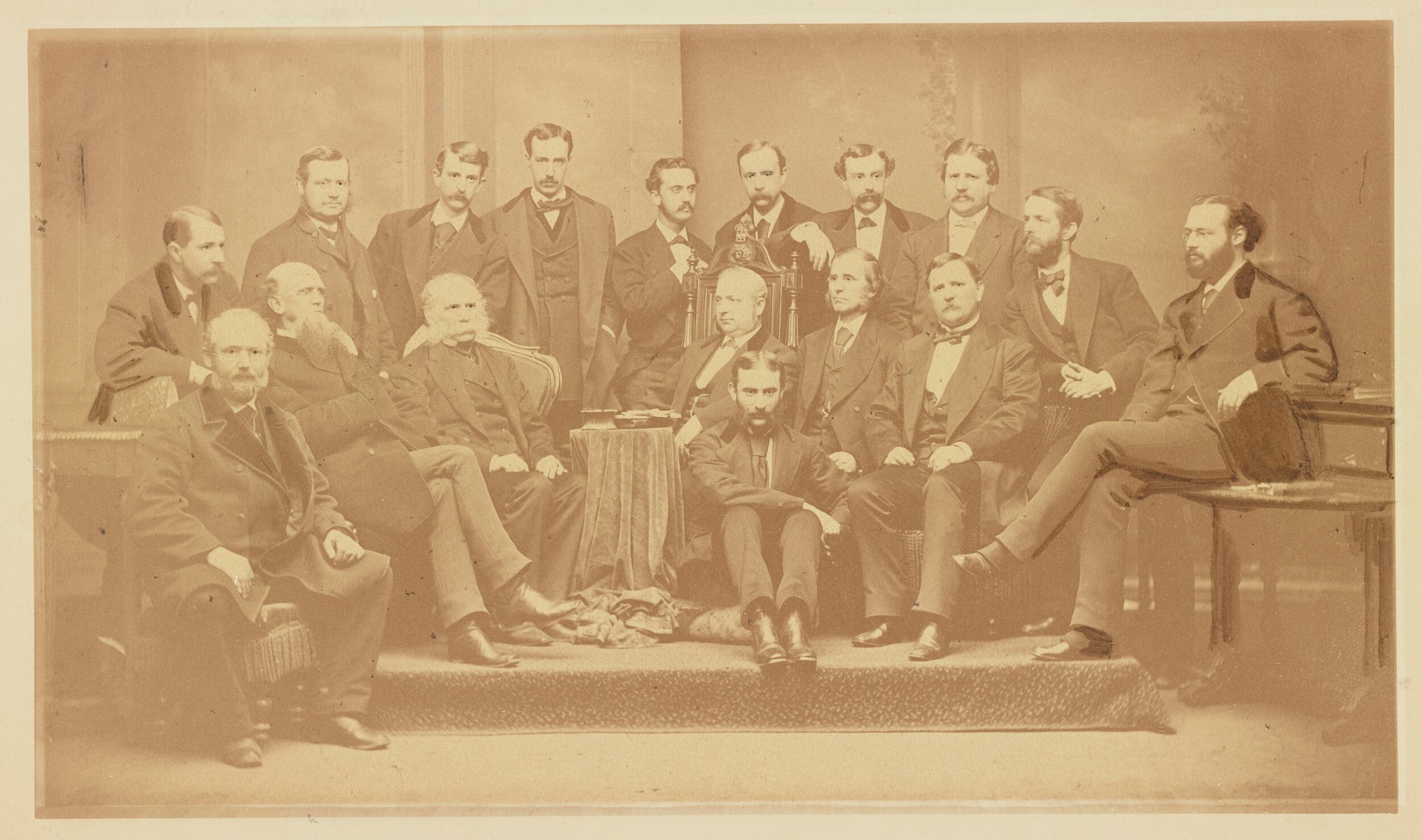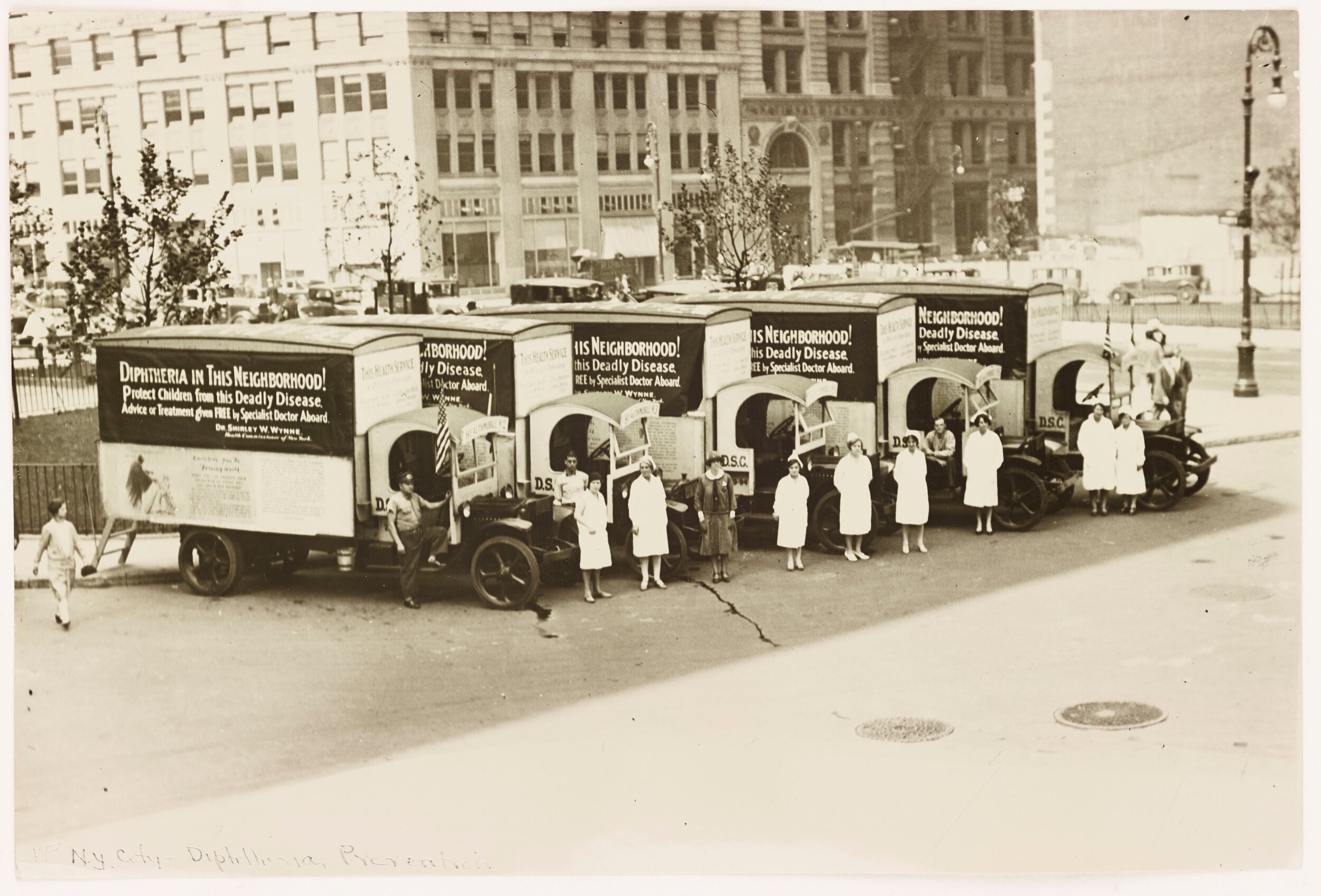Project conservators began with the oversize Brooklyn Bridge items. Drawings this large present a unique set of challenges. Routine treatments, transporting the drawings, photographic documentation, and use of available workspace all need to be approached differently. It became clear that we would need to think creatively to make the most efficient use of our time and workspace.
The constraints imposed by the size of the drawings means something as trivial as moving a drawing to the conservation laboratory requires three people. One person opens the doors and ensures the hallway is clear. The other two conservators load the drawings—usually 3 or 4 at a time—on a rigid foam core board which is carried by hand to the laboratory. The size of these drawings and the fact that they are currently housed in Mylar sleeves also makes them very heavy! In the laboratory they are placed on an extra-long table that can accommodate two drawings side by side. Two smaller tables that are on castors can also be pushed together to create another long table to accommodate some of the smaller drawings.
With these constraints in mind, we decided to batch our documentation photography, surface cleaning, and media testing as a “phase one” in treating the drawings. The basic “batch” process is as follows: we photograph a drawing, then while it is still in place on the table, we surface clean it, and test the solubility of the media. We also take notes on the condition of the drawing. Combining these tasks limits how often we need to transport the drawings to and from storage.
It is important to document the process of conservation treatments. Ethically, it is necessary for conservators to leave written and photographic documentation of the treatment that has been performed as a reference for future conservators. The photographic images taken during this process may be the only way for patrons to view the drawings, given their size and fragile state.
The size of these drawings required us to adopt innovative methods for the photography part of the project. Ordinarily, for small objects, a handheld camera or a camera on a copy-stand would suffice; however, these drawings are too long for that method. The majority of the drawings range between 6-to 15-feet in length and are about 2-to 3-feet wide. It is just not possible to capture the entirety of the drawing in one image, thus we shoot the recto and verso of each drawing in sections and later merge them together in Photoshop to create a panorama of the entire work. To successfully do this, we need to make sure that the images are all taken from the same angle, with the same settings, so that they will seamlessly align.
